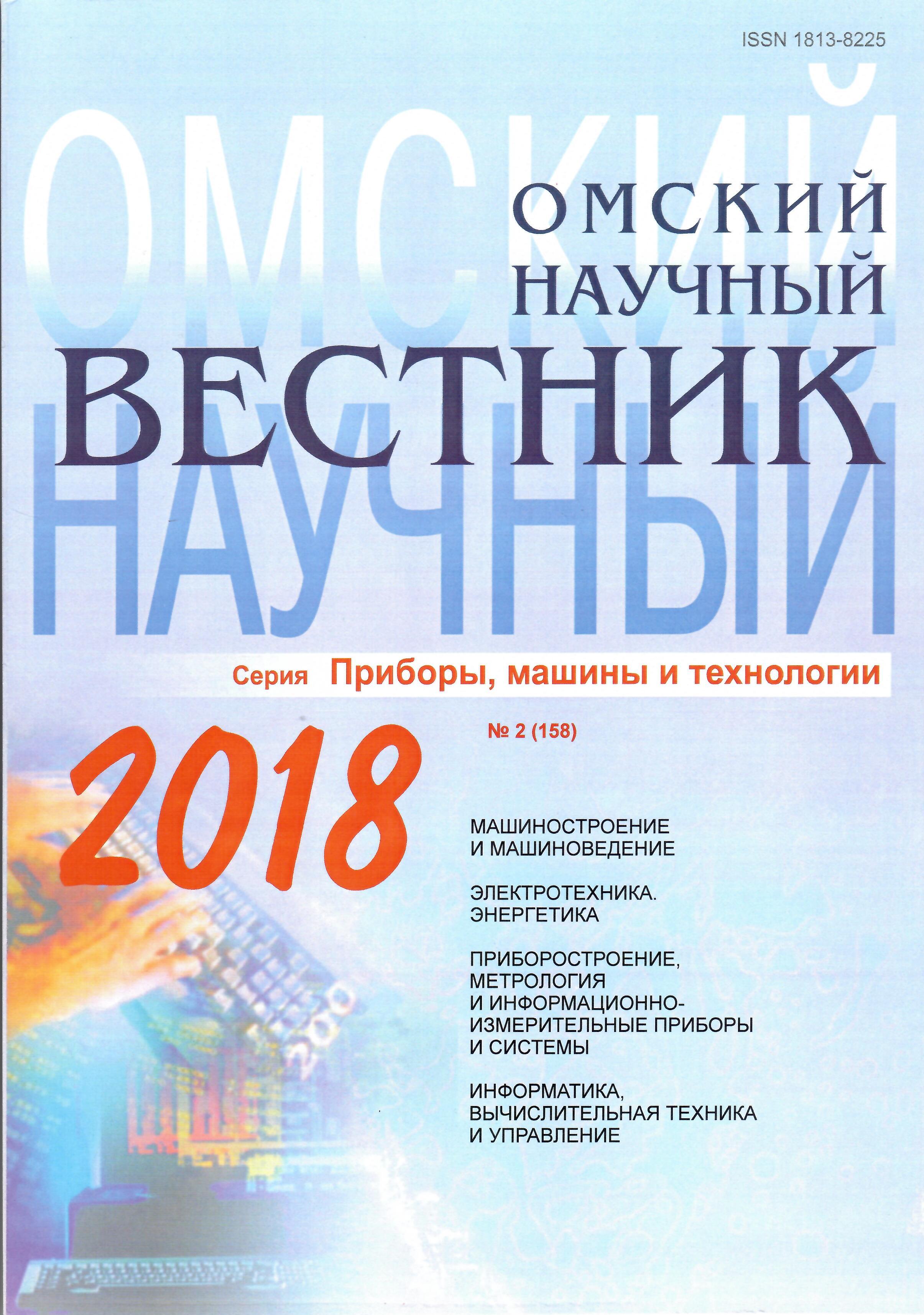Communication channels with variable parameters
DOI:
https://doi.org/10.25206/1813-8225-2018-158-88-92Keywords:
transmission coefficient, transmission coefficient module, transmission coefficient phase, multiplicative interference, signal spectrumAbstract
The theory of «paired echoes» is a universal mathematical apparatus for analyzing linear and nonlinear phenomena in radio engineering circuits and communication channels. In this paper, we analyze linear communication channels with variable
parameters. Linear distortions in communication channels with constant parameters were considered by the authors in the previous article. Radio circuits with nonlinear distortions are supposed to be analyzed in the next article. Below we study the effect of the time variation of the signal amplitude and phase on the nature of its spectrum. In principle, this problem is considered in depth in various teaching aids in sections devoted to modulation. Nevertheless, given the task of demonstrating a universal mathematical apparatus known as the theory of paired echoes for analyzing linear and nonlinear
phenomena in radio engineering circuits and communication channels, it is advisable to consider the effect of time variations in the amplitude and phase of the signal that occurs in channels of communication with variable parameters, on the structure of the spectrum of this signal. In contrast to conventional amplitude and angle modulation changes the amplitude and the phase of signal in channels of communication can take place simultaneously and under the influence of random factors. The specific examples considered in the article show that the time variation of the amplitude and phase of the signal transmitted through the communication channel with variable parameters leads to an additional expansion of its spectrum.
Downloads
Published
How to Cite
Issue
Section
License
Non-exclusive rights to the article are transferred to the journal in full accordance with the Creative Commons License BY-NC-SA 4.0 «Attribution-NonCommercial-ShareAlike 4.0 Worldwide License (CC BY-NC-SA 4.0»)




